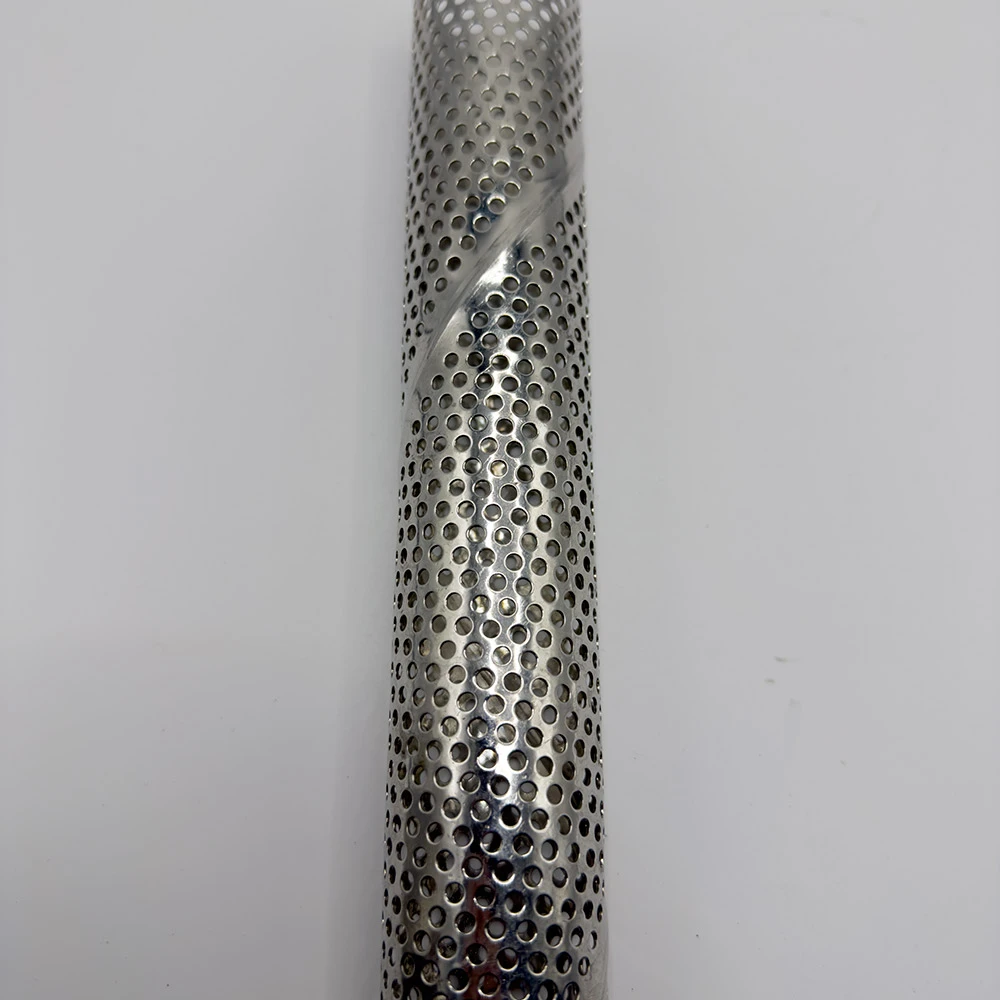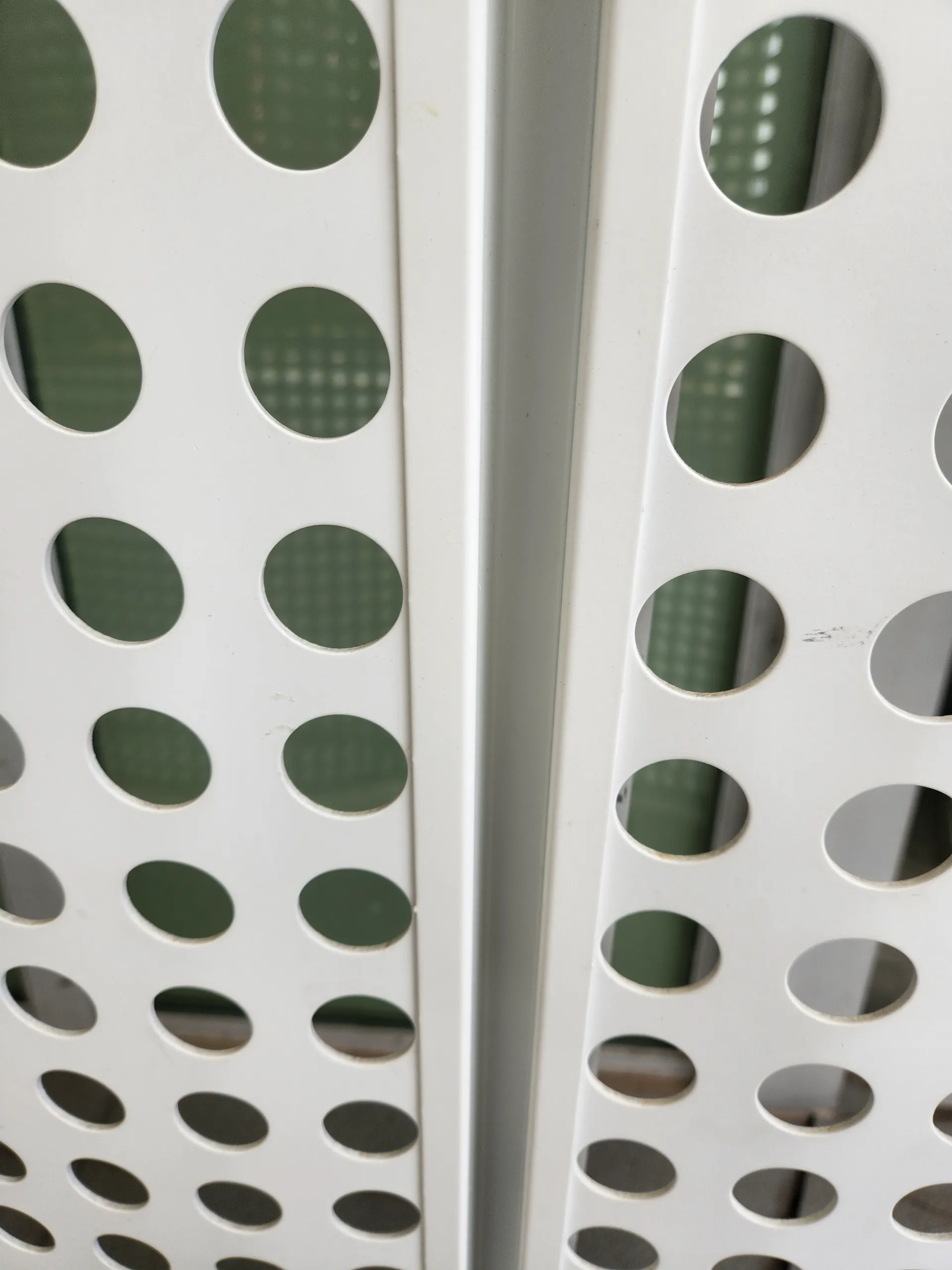
(copper expanded metal)
Copper expanded metal transforms solid copper sheets into versatile mesh products through simultaneous cutting and stretching processes. This distinctive manufacturing technique creates diamond-shaped openings while preserving the continuous integrity of the material. The resulting mesh inherits copper's natural advantages: exceptional electrical conductivity (approximately 101% IACS), thermal transfer capabilities, and inherent corrosion resistance. Copper expanded metal sheet offers approximately 40% material savings compared to equivalent solid sheets while maintaining structural stability, making it both economically and functionally advantageous.
The expanded copper mesh structure delivers unique benefits unattainable with solid sheets or alternative materials. Electrical applications benefit from the mesh's optimized conductivity-to-weight ratio, while architectural designs capitalize on the distinctive aesthetic patterns created by light passing through diamond apertures. The multi-directional strength achieved through strand orientation provides 22% greater load distribution than punched alternatives. Thermal management systems leverage the material's 385 W/m·K conductivity and 220% increased surface area compared to solid equivalents. Unlike coated alternatives, copper naturally develops protective patina when exposed to atmospheric conditions, maintaining functionality in marine environments exceeding 15 years without protective treatments.
| Supplier | Lead Time (days) | Thickness Range (mm) | Material Grade | Customization | Minimum Order |
|---|---|---|---|---|---|
| GlobalMesh Inc | 7-10 | 0.5-8.0 | C11000, C12200 | Pattern customization | 10 sheets |
| Alloy Solutions | 14-21 | 0.8-5.0 | C10200, C11000 | Aperture adjustment | 25 sheets |
| Precision Expanded | 5-7 | 0.4-12.0 | C10100, C11000 | Full custom tooling | 5 sheets |
| Metalworks Ltd | 10-15 | 0.7-6.0 | C11000 | Standard patterns | 20 sheets |
Leading expanded copper mesh suppliers now offer extensive customization through computer-controlled expansion systems. The diamond pattern size can be precisely adjusted within 0.8mm-25mm ranges while strand widths accommodate tolerances of ±0.03mm. Heat-treated copper alloys maintain tensile strength between 200-360 MPa after forming. Modern facilities can execute complex perimeter contours using waterjet cutting for specialized filter housings or decorative applications. For EMI shielding requirements, specific patterns achieve 60-120 dB attenuation across critical frequencies. Copper expanded metal sheet processing includes edge sealing treatments that prevent unraveling and electropolishing for medical applications where Ra surface values must remain under 0.8µm.
Rigorous testing reveals distinctive performance characteristics across operational parameters. Electrical current capacity per cross-sectional area outperforms equivalent aluminum mesh by 57% while maintaining temperature rise below 30°C at maximum loads. The open area ratio (typically 40-75%) directly influences filtration efficiency, with specialized configurations achieving 98% particulate capture at 25µm. Tensile strength demonstrates anisotropic characteristics, with load-bearing capacity across strands measuring 320 MPa compared to 285 MPa parallel to expansion. Vibration damping coefficients range between 0.2-0.4, effectively reducing resonance amplitude by 65% in industrial machinery applications. Thermal cycling tests between -40°C and 150°C showed no measurable degradation over 10,000 cycles.
Architectural projects increasingly specify copper expanded metal for building facades, where the material provides 50% solar shading while maintaining structural integrity during wind loading up to 150 mph. At Singapore's Jewel Changi Airport, specialized copper mesh filters process 8,500 m³/h of air with self-sanitizing properties. Industrial plants utilize EMI-shielded enclosures capable of containing 100 dB emissions from high-frequency equipment. The automotive sector employs precision mesh for fuel cell components requiring 0.3mm dimensional stability under thermal cycling, significantly outperforming polymer alternatives. Copper expanded metal sheet has been implemented in marine applications including desalination plant filters, reducing biofouling rates by 70% compared to stainless steel.
The lifecycle advantages of copper expanded metal contribute directly to sustainable manufacturing objectives. As a single-material solution requiring no chemical binders or composite layers, it maintains 100% recyclability without downgrading material properties. Industrial reclamation programs report recovery rates exceeding 95% for architectural and manufacturing waste. Current innovations include thinner gauge expanded copper with reinforced strand geometry delivering equivalent strength at 30% reduced material weight. Research demonstrates copper's natural antimicrobial properties reduce hospital-acquired infections by 40% when incorporated into touch surfaces, proving particularly valuable in healthcare facilities and public infrastructure applications. These intrinsic characteristics position copper expanded metal as both functionally superior and environmentally progressive.

(copper expanded metal)
A: Copper expanded metal is mainly used in architectural design and industrial filtration. Its high conductivity makes it ideal for EMI shielding applications. Additionally, it serves decorative purposes in façades and ventilation systems due to its corrosion resistance.
A: Copper expanded metal sheets feature diamond-shaped openings created by slitting and stretching solid sheets. This reduces weight by 40-60% while maintaining strength. The perforated structure improves airflow and drainage compared to solid alternatives.
A: Copper's antimicrobial properties make it perfect for HVAC and water filtration systems. The expanded mesh design offers excellent debris-trapping capabilities without clogging. Its self-sanitizing nature also reduces bacterial growth in medical environments.
A: Reputable suppliers should offer ASTM B152 certification proving copper purity. ISO 9001 compliance indicates quality manufacturing standards. Material test reports (MTRs) verifying tensile strength and alloy composition are equally essential.
A: Yes, copper naturally forms a protective patina layer that prevents corrosion. This allows 20+ years of outdoor service in marine or industrial settings. The material resists UV degradation and requires zero maintenance after installation.